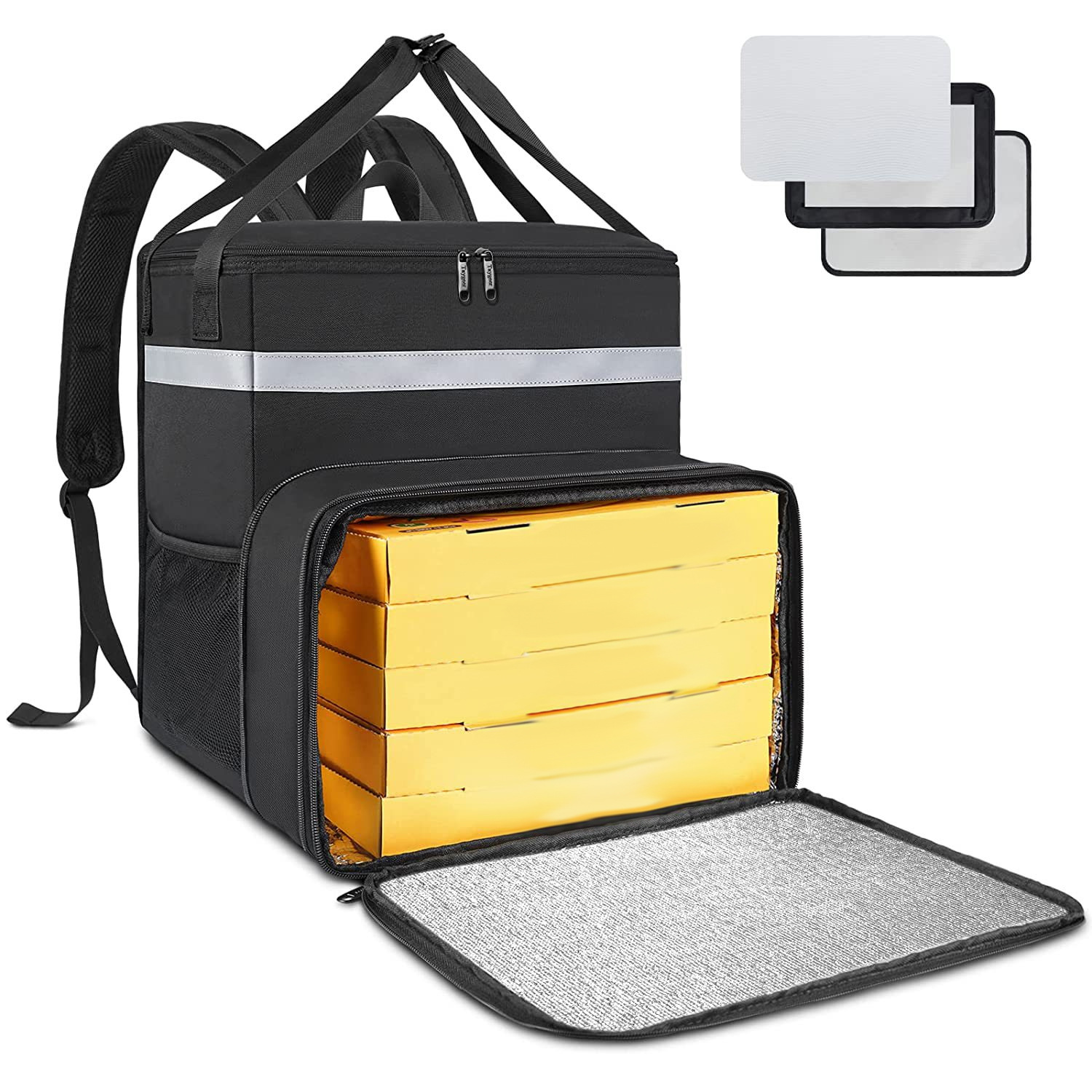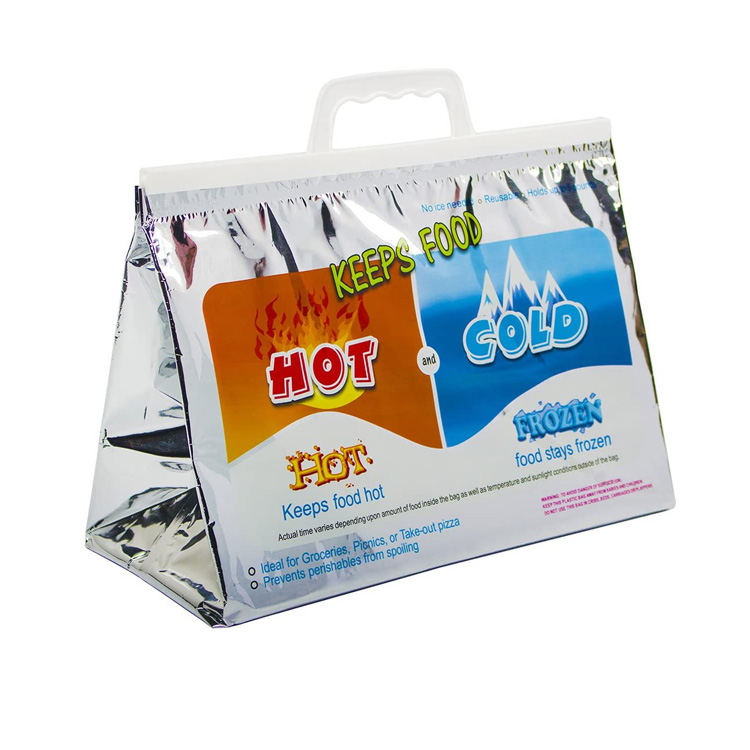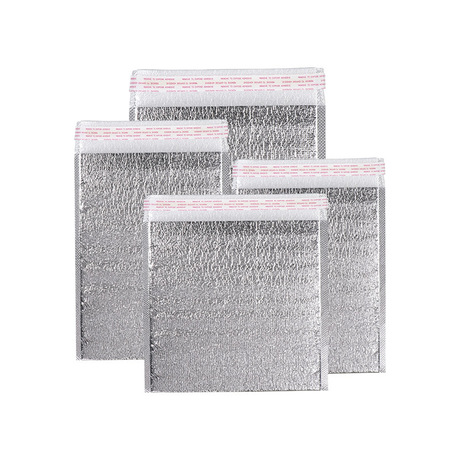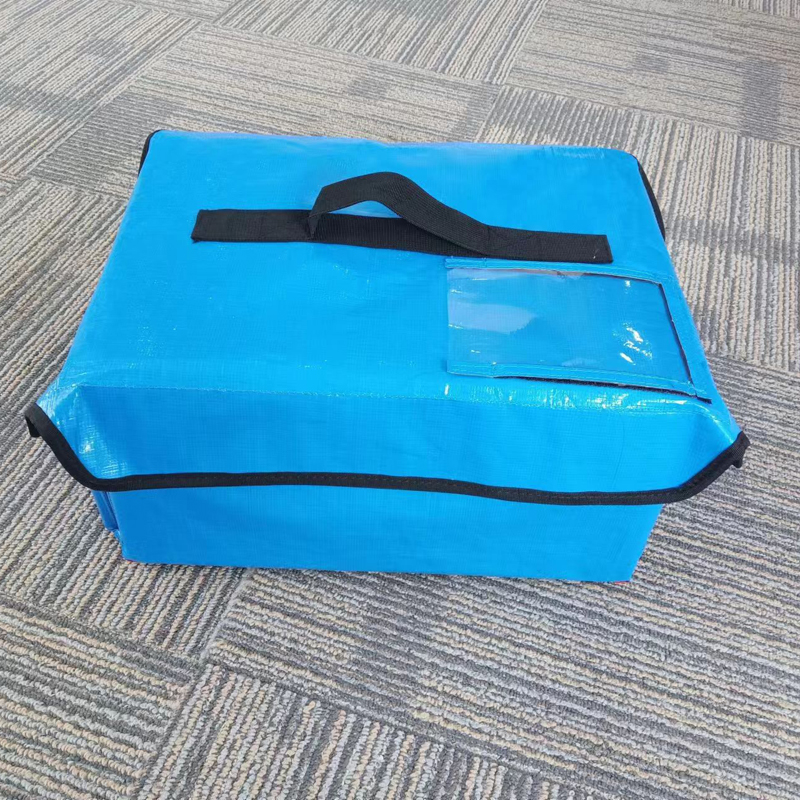Ⅰ.Challenges of Transporting Live Fish
1. Overfeeding and Lack of Conditioning
During transport, the more feces are discharged in the fish container (including oxygen bags), the more metabolites decompose, consuming large amounts of oxygen and releasing a significant amount of carbon dioxide. This deteriorates the water quality and reduces the survival rate of the transported fish.
2. Poor Water Quality and Insufficient Dissolved Oxygen
It is crucial to maintain good water quality before selling fish. Excessive levels of ammonia nitrogen and nitrite can put fish in a dangerous state of poisoning, and netting stress exacerbates this condition. Fish that have experienced oxygen deficiency and surfaced for air will take several days to recover, so it is prohibited to net fish for sale after such events.
Fish in an excited state due to netting stress consume 3-5 times more oxygen. When the water is sufficiently oxygenated, fish remain calm and consume less oxygen. Conversely, insufficient oxygen leads to restlessness, rapid exhaustion, and death. When selecting fish in cages or nets, prevent overcrowding to avoid oxygen deficiency.
Lower water temperatures decrease fish activity and oxygen demand, reducing metabolism and increasing transport safety. Cependant, fish cannot tolerate drastic temperature changes; the temperature difference should not exceed 5°C within an hour. During summer, use ice sparingly in transport trucks and add it only after loading the fish to avoid significant temperature differences with pond water and prevent excessive cooling. Such conditions can cause stress-induced or delayed chronic death in fish.
3. Gill and Parasite Infestation
Parasites on the gills can cause tissue damage and secondary bacterial infections, leading to gill lesions. Congestion and bleeding in the gill filaments impede blood circulation, causing respiratory distress and increased breathing frequency. Prolonged conditions can weaken the capillary walls, leading to inflammation, hyperplasia, and stick-like deformation of the gill filaments. This reduces the relative surface area of the gills, decreasing their contact with water and impairing respiratory efficiency, making fish more susceptible to hypoxia and stress during long-distance transport.
Gills also serve as important excretory organs. Gill tissue lesions hinder ammonia nitrogen excretion, increasing blood ammonia nitrogen levels and affecting osmotic pressure regulation. During netting, fish blood flow accelerates, blood pressure rises, and capillary permeability leads to muscle congestion or bleeding. Severe cases may result in fin, abdominal, or systemic congestion and bleeding. Gill and liver diseases disrupt the osmotic pressure regulation mechanism, weakening or disorganizing the mucus secretion function, leading to rough or scale loss.
4. Unsuitable Water Quality and Temperature
The transport water must be fresh, with adequate dissolved oxygen, low organic content, and relatively low temperatures. Higher water temperatures increase fish metabolism and carbon dioxide production, leading to unconsciousness and death at certain concentrations.
Fish continuously release carbon dioxide and ammonia into the water during transport, deteriorating water quality. Water exchange measures can maintain good water quality.
The optimal transport water temperature is between 6°C and 25°C, with temperatures exceeding 30°C being dangerous. High water temperatures enhance fish respiration and oxygen consumption, hindering long-distance transport. Ice can moderately adjust water temperatures during high-temperature periods. Summer and autumn transport should ideally occur at night to avoid high daytime temperatures.
5. Excessive Fish Density During Transport
Market-Ready Fish:
The quantity of fish transported directly affects their freshness. En général, for a transport duration of 2-3 heures, you can transport 700-800 kilograms of fish per cubic meter of water. For 3-5 heures, you can transport 500-600 kilograms of fish per cubic meter of water. For 5-7 heures, the transport capacity is 400-500 kilograms of fish per cubic meter of water.
Fish Fry:
Since fish fry need to continue growing, the transport density must be much lower. For fish larvae, you can transport 8-10 million larvae per cubic meter of water. For small fry, the usual capacity is 500,000-800,000 fry per cubic meter of water. For larger fry, you can transport 200-300 kilograms of fish per cubic meter of water.
Ⅱ.How to Transport Live Fish
When transporting live fish, various methods can be employed to ensure their survival and transport efficiency. Below are some commonly used methods for live fish transport:
2.1 Live Fish Trucks
These are specially designed rail freight cars used for transporting fish fry and live fish. The truck is equipped with water tanks, water injection and drainage equipment, and water pump circulation systems. These systems introduce oxygen into the water through water droplets interacting with air, increasing the survival rate of live fish. The truck also features ventilators, louver windows, and heating stoves, making it suitable for long-distance transportation.
2.2 Water Transport Method
This includes both closed and open transport methods. Closed transport containers are small in volume but have a high density of fish per unit of water. Cependant, if there is air or water leakage, it can significantly affect the survival rate. Open transport allows for constant monitoring of fish activity, uses a large amount of water, and has a lower transport density compared to closed transport.
2.3 Nylon Bag Oxygen Transport Method
This method is suitable for the long-distance transport of high-value aquatic products. It is especially common to use double-layer plastic nylon bags filled with oxygen. The ratio of fish, water, and oxygen is 1:1:4, with a survival rate of over 80%.
2.4 Oxygen-Filled Bag Transport
Using plastic bags made from high-pressure polyethylene film material, this method is ideal for transporting fish fry and juvenile fish. Ensure the plastic bags are undamaged and airtight before use. After adding water and fish, fill the bags with oxygen, and seal each of the two layers separately to prevent water and air leaks.
2.5 Semi-Closed Air (Oxygen) Transport
This semi-closed transport method provides sufficient oxygen to extend the survival time of the fish.
2.6 Portable Air Pump Oxygenation
For long journeys, fish will need oxygen. Portable air pumps and air stones can be used to agitate the water surface and supply oxygen.
Each method has its own characteristics, and the choice depends on the transport distance, fish species, and available resources. Par exemple, live fish trucks and water transport methods are suitable for long-distance, large-scale transport, while oxygen-filled bag transport and nylon bag oxygen transport methods are more suitable for small-scale or short-distance transport. Choosing the right transport method is crucial to ensure the survival rate of the fish and the efficiency of transport.
Ⅲ. Packaging Methods for Express Delivery of Live Fish
Actuellement, the best packaging method for express delivery of live fish is a combination of a cardboard box, foam box, refrigerant, waterproof bag, live fish bag, water, and oxygen. Here is how each component contributes to the packaging:
– Cardboard Box: Use a high-strength five-layer corrugated cardboard box to protect the contents from compression and damage during transport.
– Live Fish Bag and Oxygen: The live fish bag, filled with oxygen, provides the basic conditions necessary for the survival of the fish.
– Foam Box and Refrigerant: The foam box, combined with refrigerants, effectively controls the water temperature. This reduces the metabolism of the fish and prevents them from dying due to overheating.
This combination packaging ensures that the live fish have a stable and suitable environment during transit, thus increasing their chances of survival.
Ⅳ. Huizhou’s Relevant Products and Recommendations for You
Cie industrielle de Shanghai Huizhou., Ltée. is a high-tech enterprise in the cold chain industry, established on April 19, 2011. The company is dedicated to providing professional cold chain temperature control packaging solutions for food and fresh products (fresh fruits and vegetables, bœuf, lamb, poultry, fruit de mer, aliments surgelés, baked goods, chilled dairy) and pharmaceutical cold chain customers (biopharmaceutiques, produits sanguins, vaccins, biological samples, in vitro diagnostic reagents, animal health). Our products include insulation products (foam boxes, insulation boxes, sacs isolants) and refrigerants (packs de glace, ice boxes).


Boîtes en mousse:
Foam boxes play an important role in insulation, reducing heat transfer. Key parameters include size and weight (or density). En général, the greater the weight (or density) of the foam box, the better its insulation performance. Cependant, considering overall cost, it is recommended to choose foam boxes with appropriate weight (or density) for your needs.
Refrigerants:
Refrigerants mainly regulate temperature. The key parameter of refrigerants is the phase change point, which refers to the temperature the refrigerant can maintain during the melting process. Our refrigerants have phase change points ranging from -50°C to +27°C. For live fish packaging, we recommend using refrigerants with a phase change point of 0°C.
This combination of foam boxes and suitable refrigerants ensures that your products are kept at the optimal temperature, maintaining their quality and extending their shelf life during transport. By selecting the appropriate packaging materials and methods, you can effectively protect your goods and meet the specific needs of your cold chain logistics.





























